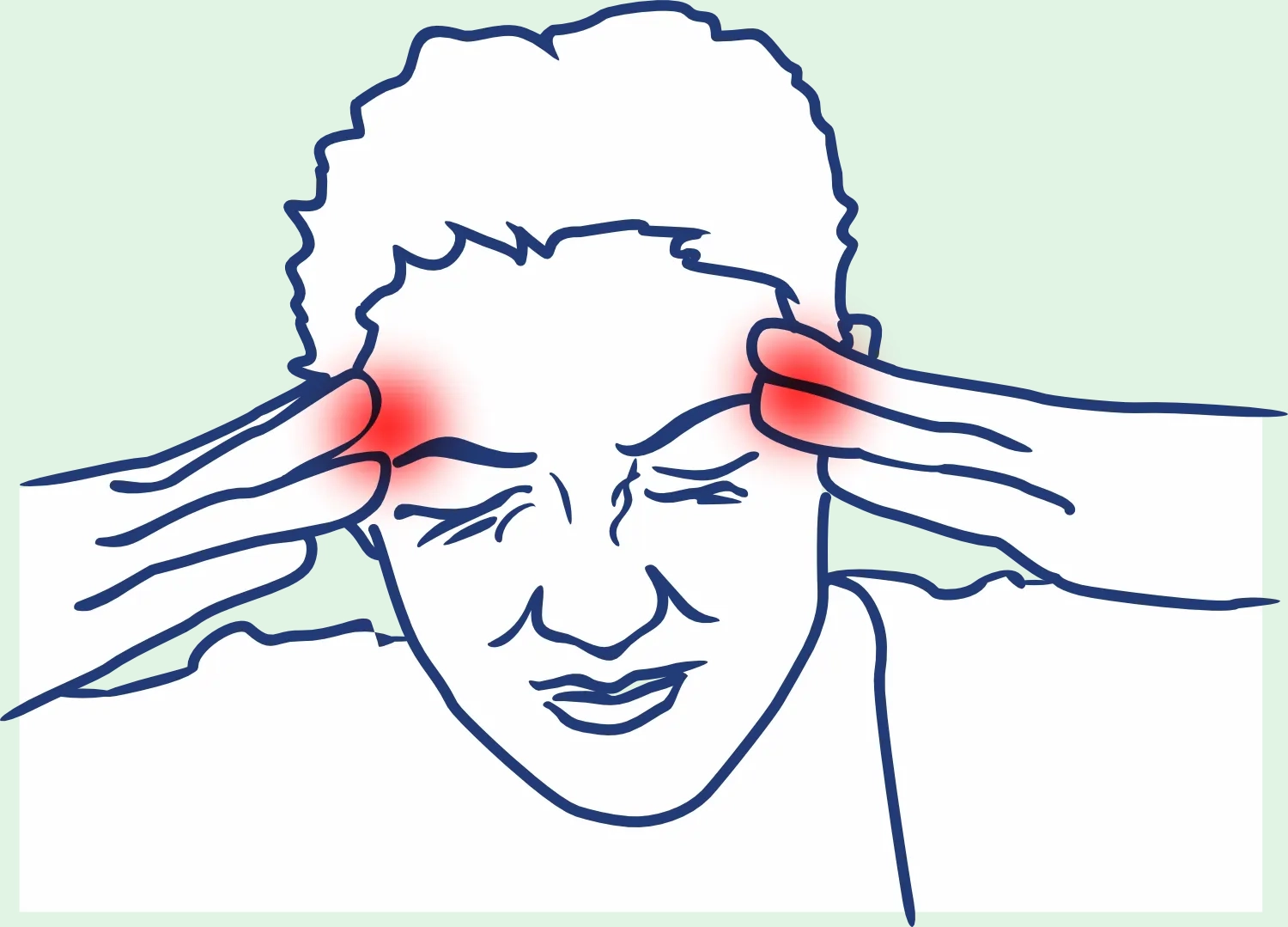To provide services at the highest level, we use cookies. Using the website requires you to choose settings related to their storage on your device. If you want to know what each type of cookie is used for, click the Details button below.
Check how to overcome nerve pain!22 czerwca 2021 |

The effectiveness of treating nerve pain depends on individual factors and the cause of the pain. Therapies may include pain medications, including triptans, as well as psychotherapy, procedural interventions, and alternative methods such as acupuncture or meditation. It is important to develop an appropriate treatment plan in collaboration with a neurologist or psychiatrist.
Nerve pain typically manifests as a sharp, piercing pain. Often, nerve pain is accompanied by tingling, burning, or numbness. In addition, individuals experiencing nerve pain may notice difficulties in feeling in the affected area. If you suspect nerve pain in yourself, consult with a doctor.
Nerve pain can indicate various conditions such as diabetic neuropathy, mechanical nerve damage, autoimmune diseases, or neurological disorders. Stress and psychosocial difficulties can also influence the occurrence of nerve pain.
Signs of nerve pain may include sharp, piercing pain, tingling, burning, or numbness in the affected area. Patients often experience difficulties in precisely localizing the pain, making the diagnosis of nerve pain challenging.
Nerve pains themselves are not dangerous but can significantly impact the patient's quality of life. The danger mainly arises from potential complications related to the underlying cause of nerve pain, such as diabetes, autoimmune diseases, or nerve damage. It is crucial to consult with a doctor for proper diagnosis and initiate appropriate treatment.